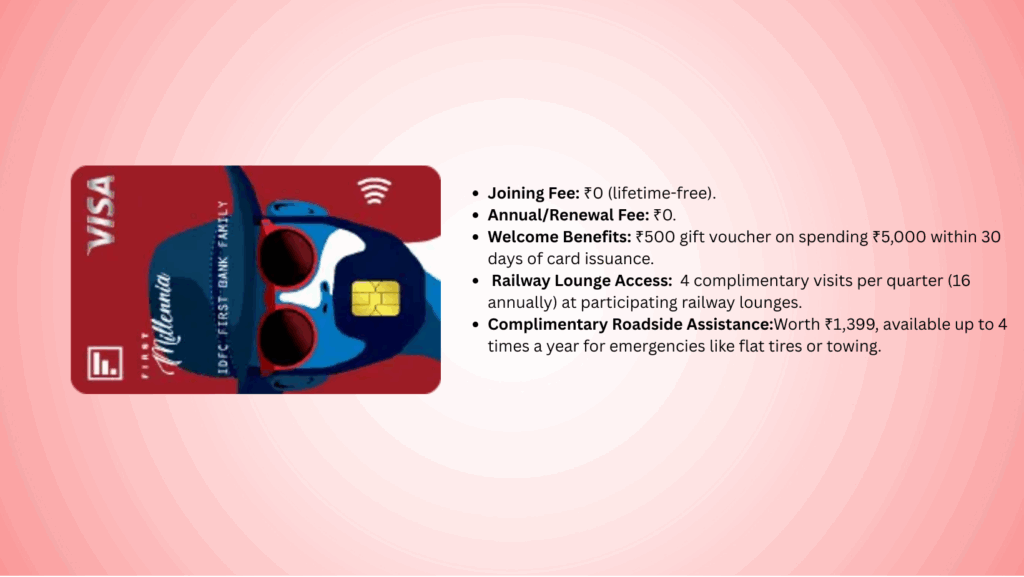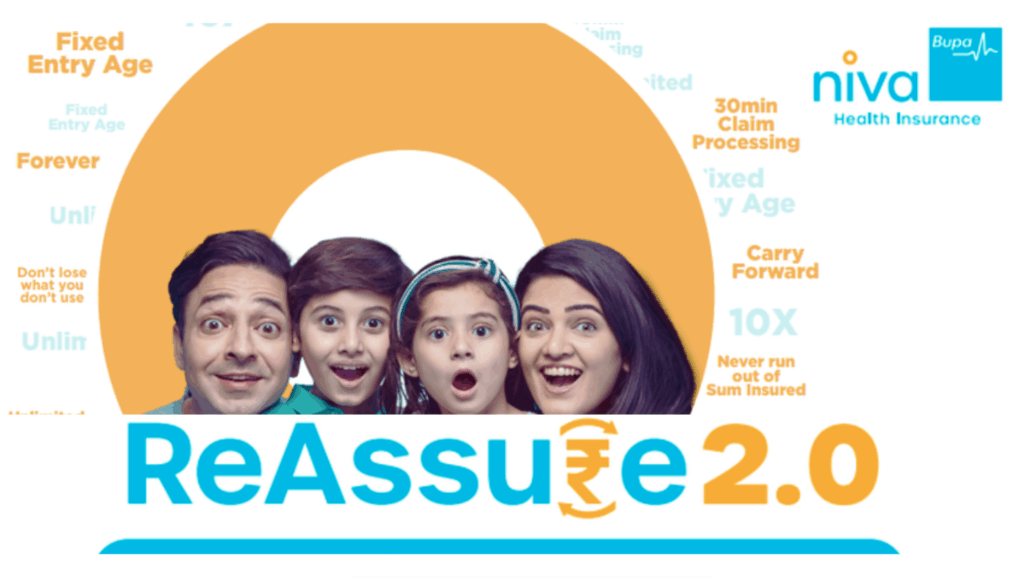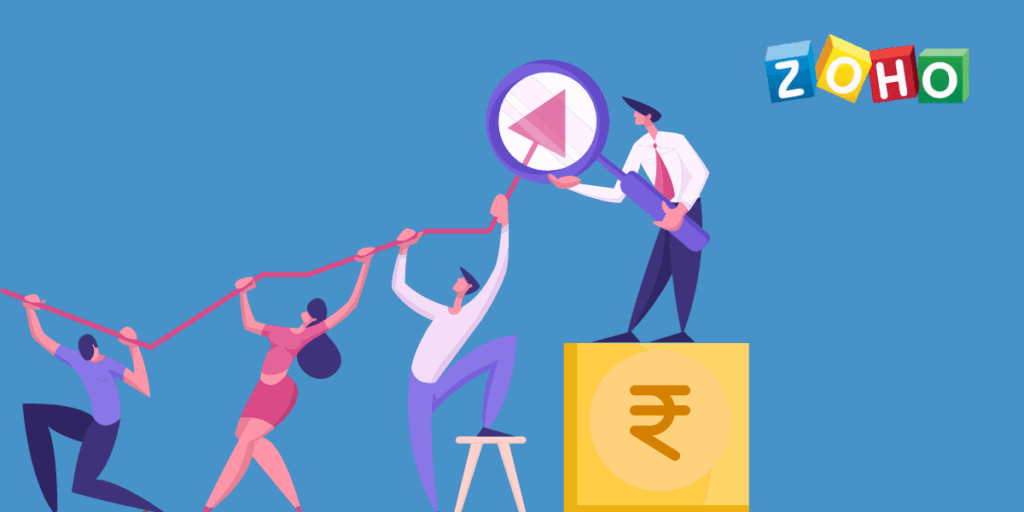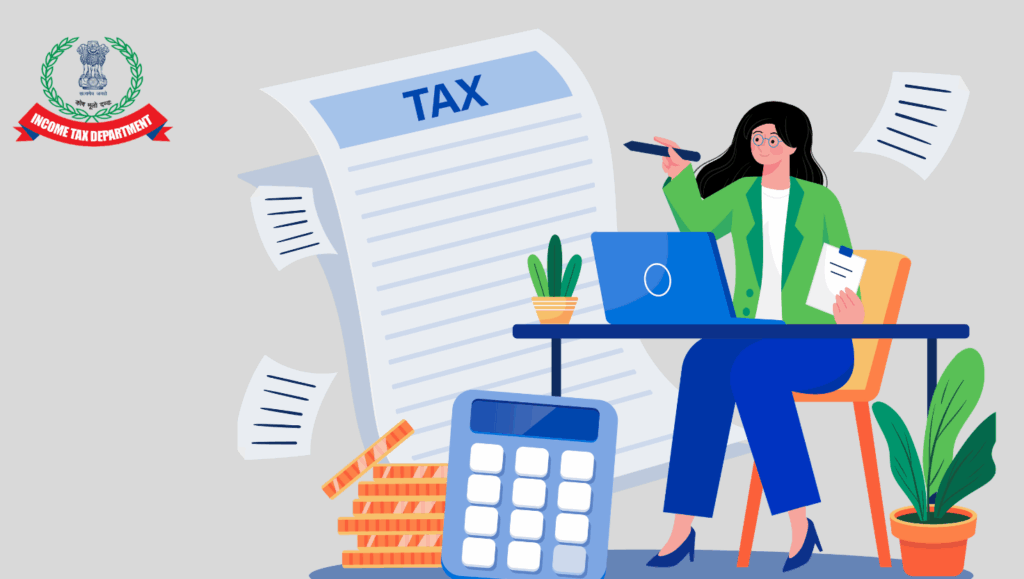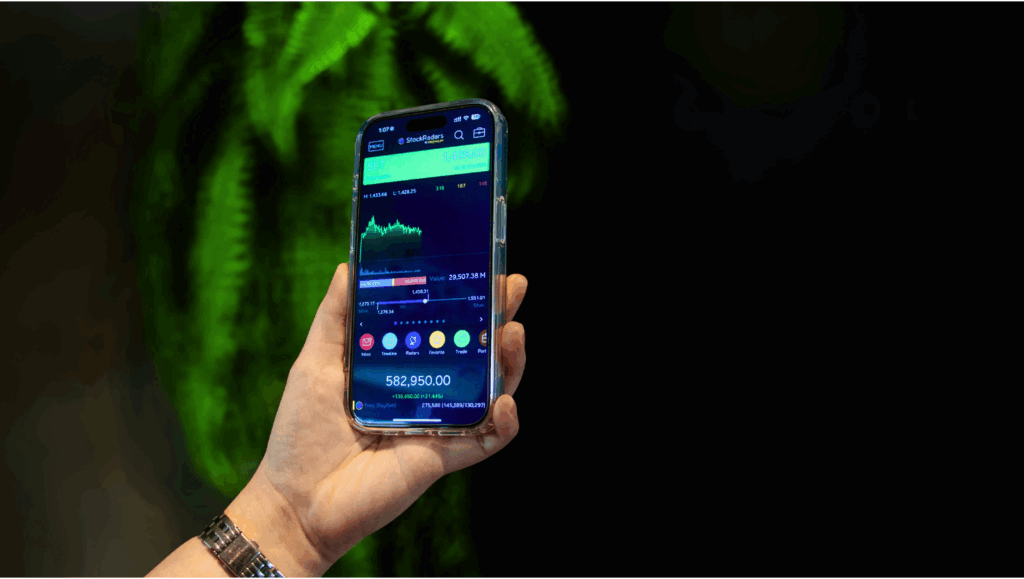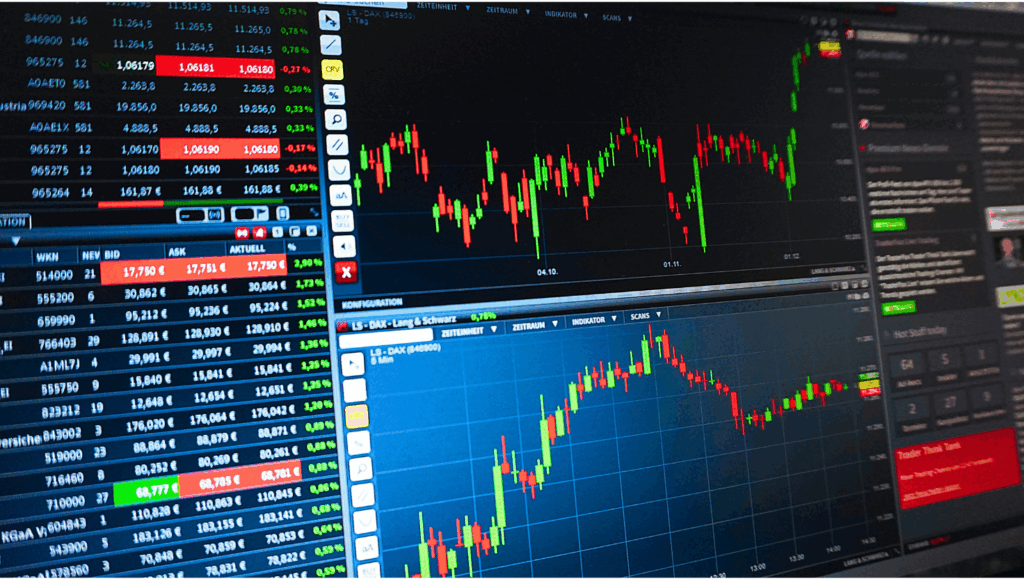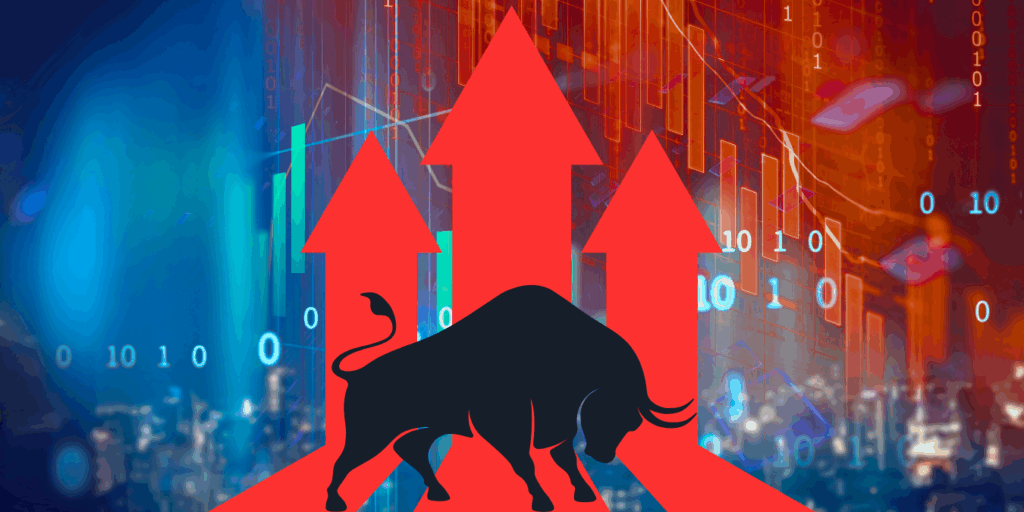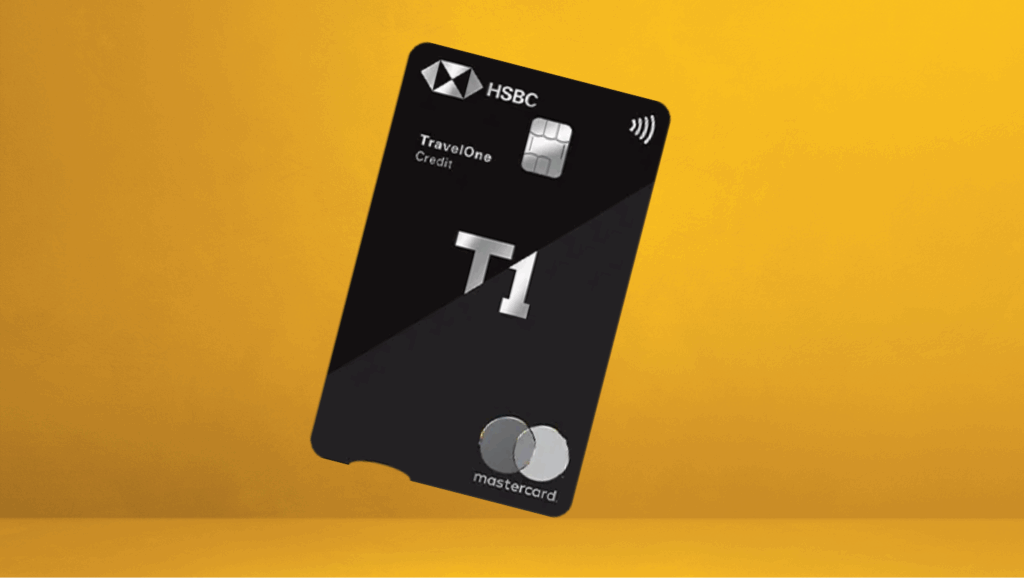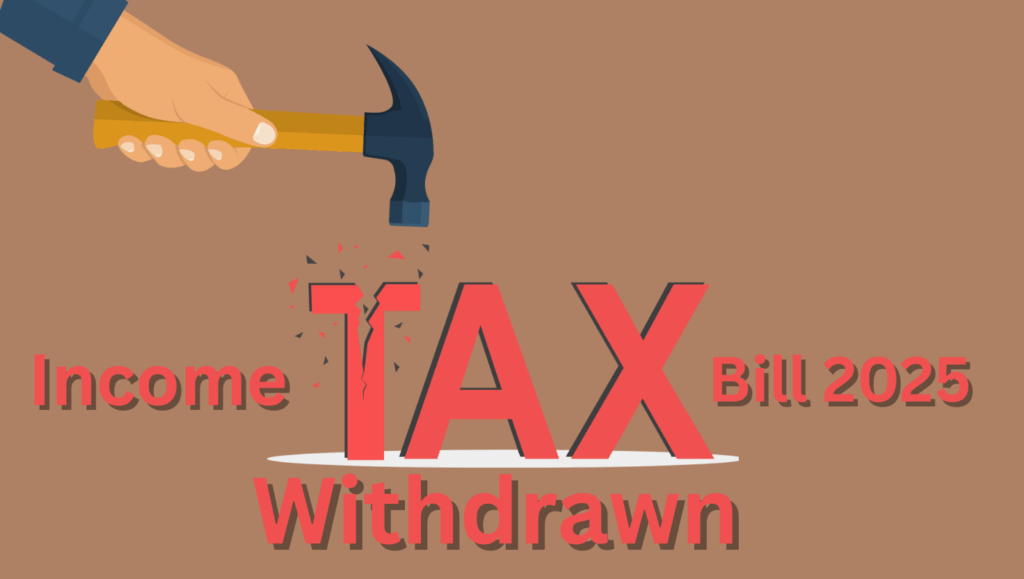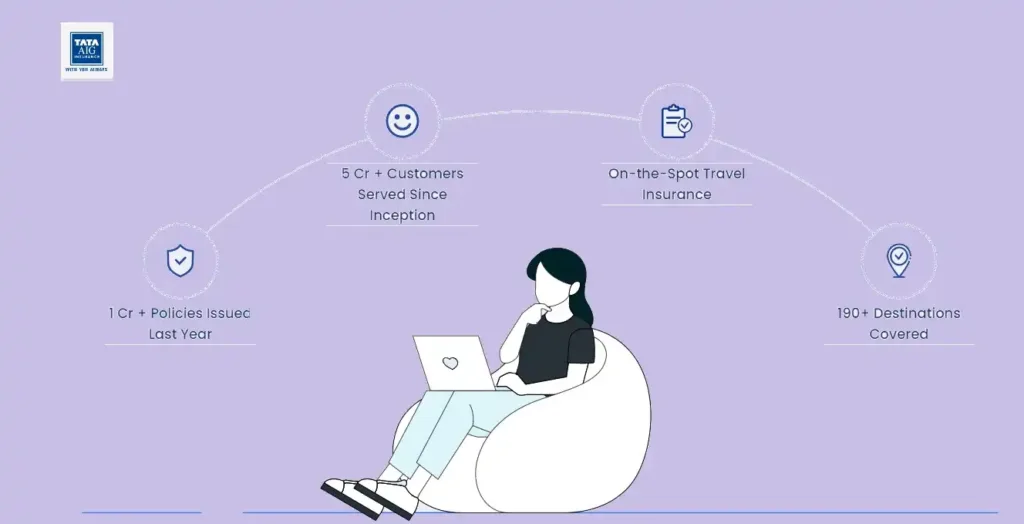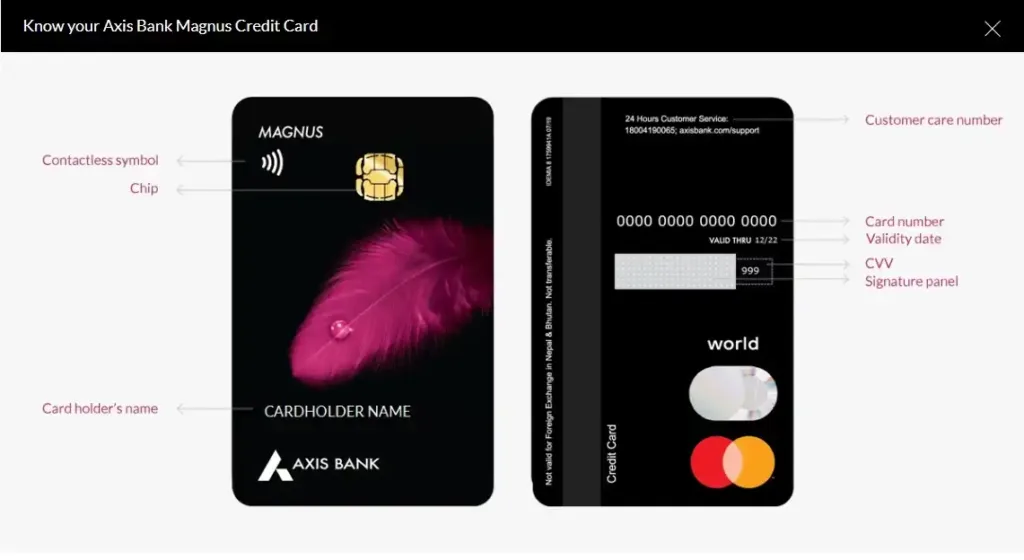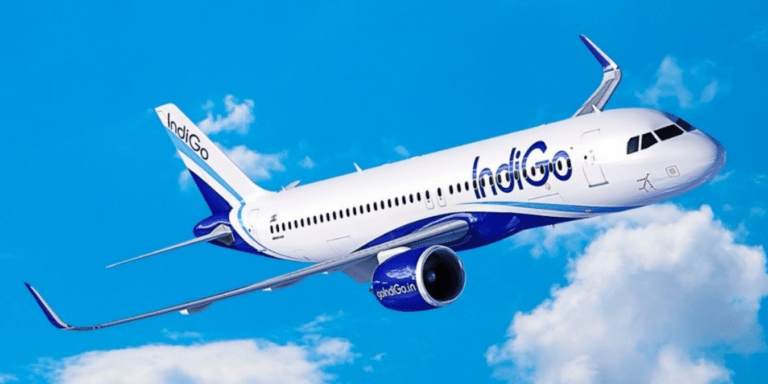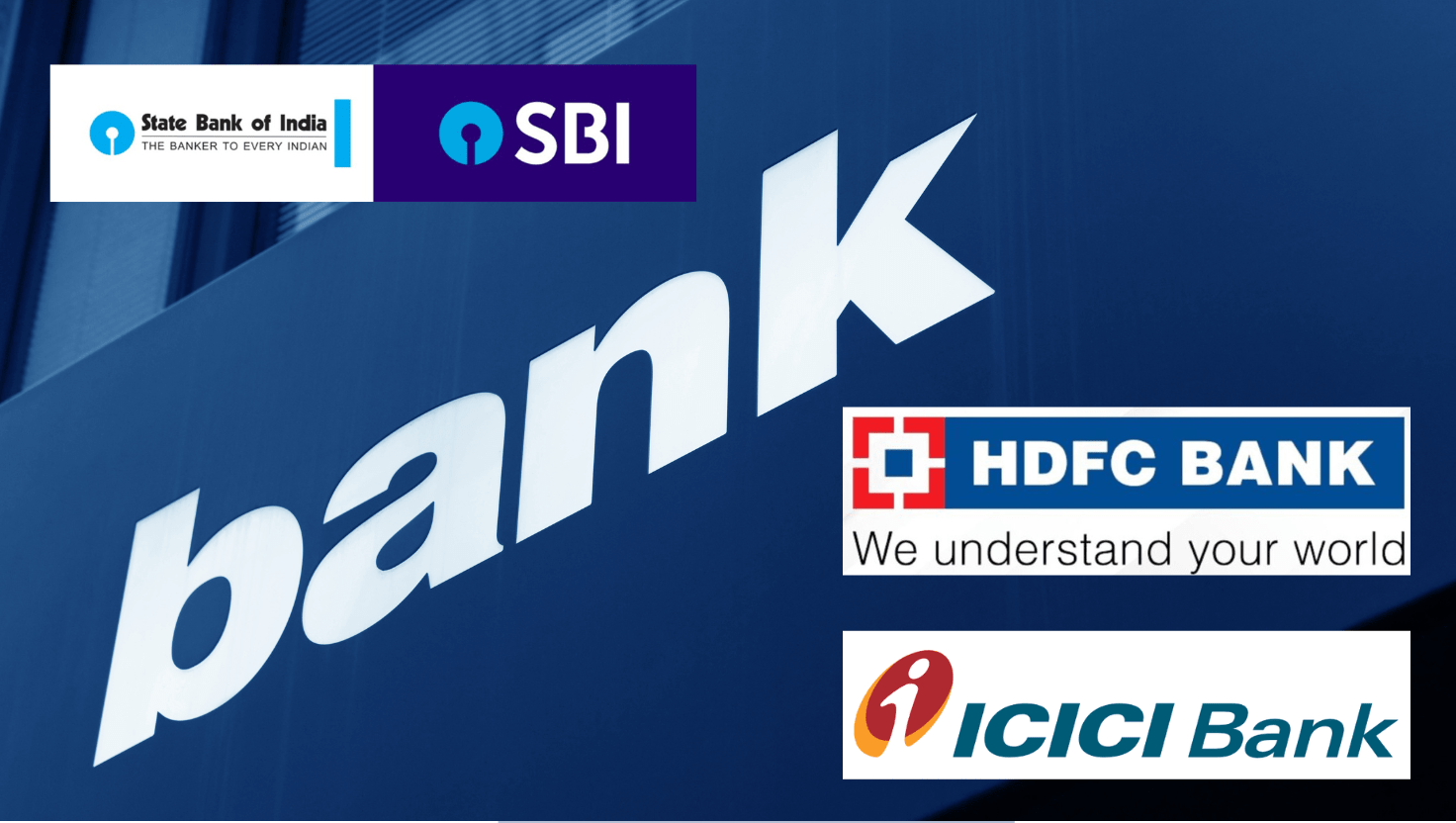
Why does SBI charge higher fees than ICICI and HDFC? Compare banking charges, hidden costs, and service fees between these banks. Learn about SBI’s fee structure, transaction costs, and how public vs. private banks differ. Save money by understanding banking fee patterns in India!
The Indian banking sector is a dynamic ecosystem, with major players like State Bank of India (SBI), ICICI Bank, and HDFC Bank competing to offer the best services to millions of customers. However, one question often lingers in the minds of account holders: Why does SBI charge higher fees compared to private banks like ICICI and HDFC? , as banking charges evolve due to regulatory changes, operational costs, and market dynamics, understanding the reasons behind SBI’s fee structure is crucial for customers seeking cost-effective banking solutions. This blog dives deep into the factors contributing to SBI’s higher fees, backed by the latest data, and compares them with ICICI and HDFC Bank to provide a clear, engaging, and informative perspective.
Understanding Bank Fees in India
Before delving into why SBI charges higher fees, it’s essential to understand the types of fees banks impose. These typically include:
- ATM transaction fees: Charges for exceeding free transaction limits at own or other banks’ ATMs.
- Minimum balance penalties: Fees for failing to maintain the Average Monthly Balance (AMB).
- Service charges: Fees for services like cheque book issuance, debit card maintenance, and IMPS transactions.
- Decline charges: Penalties for transactions declined due to insufficient funds.
In 2025, the Reserve Bank of India (RBI) has introduced revised guidelines, increasing the cap on ATM withdrawal charges to Rs 23 per transaction (from Rs 21) for exceeding free limits, effective May 1, 2025. These changes apply to all banks, but the implementation and additional fee structures vary, leading to differences in customer experiences across SBI, ICICI, and HDFC Bank.
Why SBI Charges Higher Fees: Key Reasons
SBI, India’s largest public sector bank, serves over 44 crore customers with a network of 22,900 branches as of March 2025. While its extensive reach is a strength, it also contributes to higher operational costs, which in turn influence its fee structure. Here are the primary reasons why SBI’s fees may appear higher compared to ICICI and HDFC Bank:
1. Extensive Branch and ATM Network
SBI’s vast network, particularly in rural and semi-urban areas, is unmatched by private banks like ICICI and HDFC. While ICICI has 5,275 branches and 15,589 ATMs, and HDFC operates a similarly streamlined network, SBI’s infrastructure requires significant maintenance costs. These costs include:
- Staffing expenses: SBI’s employee costs rose by 10.1% year-on-year to Rs 18,005 crore in Q4 FY25, impacting its fee structure to offset these expenses.
- Infrastructure maintenance: Operating thousands of branches and ATMs in remote areas incurs higher costs compared to private banks, which focus on urban centers with digital-first strategies.
SBI passes on a portion of these costs to customers through fees, such as Rs 15 + GST for additional transactions at SBI ATMs and Rs 21 + GST at other banks’ ATMs after exceeding free limits. In contrast, ICICI and HDFC charge Rs 21 for financial transactions at non-own ATMs, aligning closely with RBI guidelines but often offering more free transactions for premium accounts.
2. Tiered Fee Structure Based on Average Monthly Balance (AMB)
Unlike ICICI and HDFC, which have standardized AMB requirements (e.g., Rs 10,000 in urban areas for both), SBI employs a tiered approach that rewards higher balances with more free services. For instance:
- SBI AMB Policy: Since 2020, SBI has waived AMB penalties for all savings accounts, a customer-friendly move. However, customers with an AMB between Rs 25,000 and Rs 1,00,000 get five free transactions at other banks’ ATMs, while those above Rs 1,00,000 enjoy unlimited free transactions.
- ICICI and HDFC: Both banks require an AMB of Rs 10,000 in urban areas and charge Rs 100 + 5% of the shortfall for non-maintenance, but they offer consistent free transaction limits (e.g., five free transactions at own ATMs) regardless of balance tiers.
SBI’s tiered structure means customers with lower balances face stricter limits on free transactions, leading to higher fees for frequent ATM or service usage compared to ICICI and HDFC’s more uniform policies.
3. Regulatory Compliance and Capital Requirements
As a Domestic Systemically Important Bank (D-SIB), SBI faces stricter regulatory requirements from the RBI, including higher capital buffers. From April 2025, SBI must maintain an additional capital buffer of 0.80% of risk-weighted assets, up from 0.60%, compared to HDFC’s 0.40% and no additional buffer for ICICI. These requirements increase operational costs, prompting SBI to impose higher fees to maintain profitability.
For example, SBI’s debit card decline charge for insufficient funds is Rs 25 per transaction, matching ICICI’s rate but higher than HDFC’s, which varies but is often lower for premium accounts. These charges help SBI offset the financial burden of regulatory compliance.
4. Operational Inefficiencies and Legacy Systems
SBI’s public sector legacy means it operates with older systems and processes compared to the tech-driven approaches of ICICI and HDFC. Private banks have invested heavily in digital banking, reducing reliance on physical infrastructure and lowering operational costs. For instance:
- ICICI Bank: Under CEO Sandeep Bakhshi, ICICI has streamlined operations, boosting its Net Interest Margin (NIM) to 4.41% in Q4 FY25, compared to SBI’s 3.15%. This efficiency allows ICICI to offer competitive fees, such as free IMPS transactions via net banking.
- HDFC Bank: Known for its “best-in-class” asset quality, HDFC maintains a lean cost structure, enabling lower fees like no charge for the first five non-HDFC ATM transactions.
SBI’s slower adoption of digital efficiencies results in higher costs, which are reflected in fees like Rs 4 per cheque leaf after the first 25 free leaves, compared to ICICI’s similar charge but with more flexible digital alternatives.
5. Public Sector Mandate and Social Obligations
As a public sector bank, SBI is tasked with fulfilling social obligations, such as financial inclusion and supporting government schemes like Jan Dhan Yojana. These initiatives, while beneficial, increase operational costs without direct revenue, unlike private banks that prioritize profitability. For example:
- SBI’s zero-balance accounts under Jan Dhan are exempt from AMB penalties, but the bank incurs costs for maintaining these accounts, which are offset through fees on other services.
- ICICI and HDFC, as private entities, focus on high-value customers, offering tailored accounts with lower fees for premium services, such as free debit card issuance for certain account types.
6. Higher Charges for Specific Services
SBI’s fee structure for specific services often exceeds that of ICICI and HDFC. For instance:
- Cheque Book Charges: SBI charges Rs 4 per leaf after the first 25 free leaves, similar to ICICI, but HDFC offers 25 free leaves annually with lower subsequent charges for premium accounts.
- IMPS Charges: SBI offers free IMPS transfers via the YONO app, but branch-based transfers incur charges, unlike ICICI and HDFC, where digital IMPS is consistently free.
- Debit Card Fees: SBI charges Rs 250 + GST for debit card issuance and annual maintenance, compared to ICICI’s Rs 200 annually and HDFC’s no charge for card usage.
These differences highlight SBI’s reliance on fee-based revenue to cover its broader operational scope.
Comparison of Fees and Charges: SBI vs. ICICI vs. HDFC Bank
Below is a detailed comparison of key fees and charges for State Bank of India (SBI), ICICI Bank, and HDFC Bank, based on the latest available data. This table focuses on common banking services to help customers understand cost differences.
| Service | SBI | ICICI Bank | HDFC Bank |
| ATM Withdrawal (Beyond Free Limit) | Rs 21 + GST (other banks’ ATMs); Rs 15 + GST (SBI ATMs) | Rs 21 (financial transaction); Rs 10.03 (non-financial, incl. GST) | Rs 23 + taxes (financial); Rs 8.5 + taxes (non-financial) |
| Free ATM Transactions | 5 (own ATMs); 3 (other banks’ ATMs, metro); unlimited for AMB > Rs 1L | 5 (own ATMs); 3 (other banks’ ATMs, metro) | 5 (own ATMs); 3 (other banks’ ATMs, metro); more for premium accounts |
| Minimum Balance Penalty | None (AMB penalties waived for all savings accounts) | Rs 100 + 5% of shortfall (AMB: Rs 10,000 urban) | 6% of shortfall or Rs 600 (whichever is lower, AMB: Rs 10,000 urban) |
| Debit Card Decline Charge | Rs 25 per transaction | Rs 25 per transaction | Varies, often lower for premium accounts (e.g., Rs 20) |
| Cheque Book Charges | Rs 4 per leaf after 25 free leaves annually | Rs 4 per leaf after 25 free leaves annually | 25 free leaves annually; Rs 3–4 per leaf thereafter (varies by account) |
| IMPS (Digital Transactions) | Free via YONO app; branch-based transfers may incur charges (Rs 5–50) | Free via iMobile Pay or net banking | Free via net banking or mobile app |
| Debit Card Issuance/Annual Fee | Rs 250 + GST (issuance and annual maintenance) | Rs 200 (annual fee, varies by card type) | Rs 200–500 (varies, often waived for premium accounts) |
| NEFT/RTGS (Branch-Based) | NEFT: Rs 2–25; RTGS: Rs 20–50 (based on amount) | NEFT: Rs 2.5–25; RTGS: Rs 15–50 (based on amount) | NEFT: Rs 2–25; RTGS: Rs 15–45 (based on amount) |
| Cash Deposit Charges (Beyond Free Limit) | Rs 50 + GST per transaction after free limit (varies by account type) | Rs 4 per Rs 1,000 (min Rs 150, max Rs 5,000) | Rs 4 per Rs 1,000 or Rs 150 (whichever is higher) |
Customer-Centric Perspective: What Does This Mean for You?
For customers, the choice between SBI, ICICI, and HDFC depends on banking habits and priorities:
- SBI: Ideal for those in rural areas or with zero-balance accounts, but frequent ATM users or those with lower balances may face higher fees. Its YONO app offers cost-saving digital transactions, so leveraging technology can reduce expenses.
- ICICI: Suits tech-savvy customers who prefer digital banking, with competitive fees and a focus on premium accounts. Its 4.41% NIM reflects operational efficiency, translating to lower fees for many services.
- HDFC: Best for high-net-worth individuals with premium accounts, offering more free transactions and lower decline charges. Its 3.65% NIM and stable asset quality ensure cost-effective services.
How to Minimize Banking Fees
To avoid high fees, consider these tips:
- Maintain AMB: For ICICI and HDFC, ensure your balance meets the required AMB to avoid penalties. SBI’s zero-balance policy eliminates this concern.
- Use Digital Channels: SBI’s YONO, ICICI’s iMobile Pay, and HDFC’s net banking offer free IMPS and lower transaction costs.
- Choose the Right Account: Opt for premium accounts with ICICI or HDFC if you maintain higher balances, as they offer more free transactions.
- Monitor ATM Usage: Stick to free transaction limits (five at own ATMs, three at other banks’ ATMs in metros) to avoid charges.
- Leverage Promotions: Banks often waive fees for new accounts or digital adoption. Check official websites like sbi.co.in, icicibank.com, or hdfcbank.com for offers.
The Bigger Picture: SBI’s Challenges and Reforms
SBI’s higher fees are a reflection of its unique position as a public sector giant with a vast network and social obligations. However, it’s not standing still.SBI is focusing on:
- Digital Transformation: The YONO app has reduced costs for digital transactions, with free IMPS transfers encouraging paperless banking.
- Operational Efficiency: SBI aims to align its NIM and Return on Assets (RoA) with private peers (ICICI: 2.52%, HDFC: 1.94%, SBI: 1.12% in Q4 FY25) through cost optimization.
- Fundraising: Approval to raise Rs 25,000 crore via QIP or public offers in FY26 will bolster its capital base, potentially reducing reliance on fee-based revenue.
These efforts suggest SBI is working to bridge the gap with private banks, but its scale and mandate mean fees may remain higher in the short term.
Making an Informed Choice
While SBI charges higher fees for certain services compared to ICICI and HDFC, the reasons lie in its extensive network, regulatory requirements, operational inefficiencies, and public sector obligations. For customers, understanding these factors can guide better banking decisions. If you value accessibility and zero-balance accounts, SBI is a strong choice despite higher fees for frequent transactions. For digital-first, cost-conscious banking, ICICI and HDFC offer competitive alternatives with lower fees and premium benefits.

